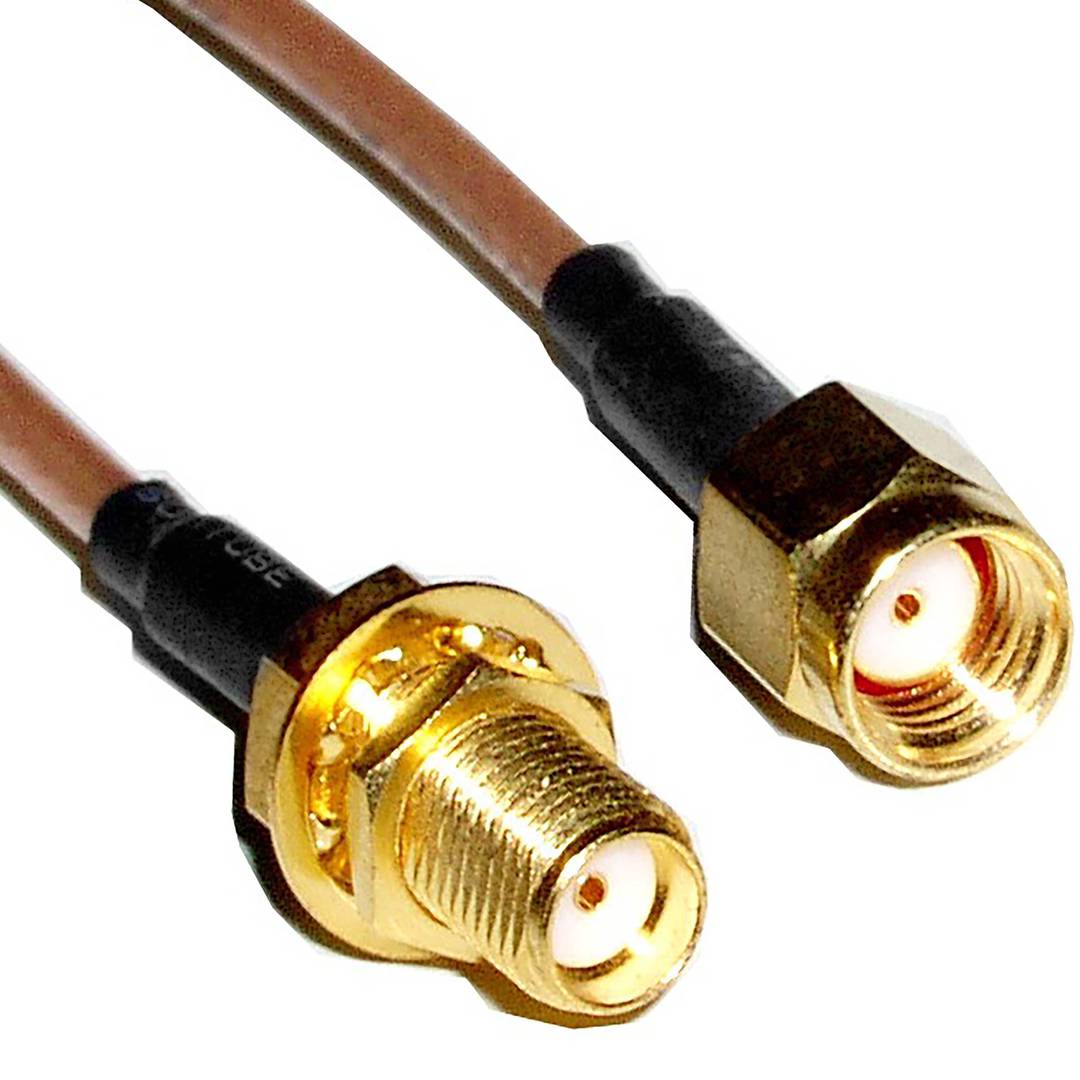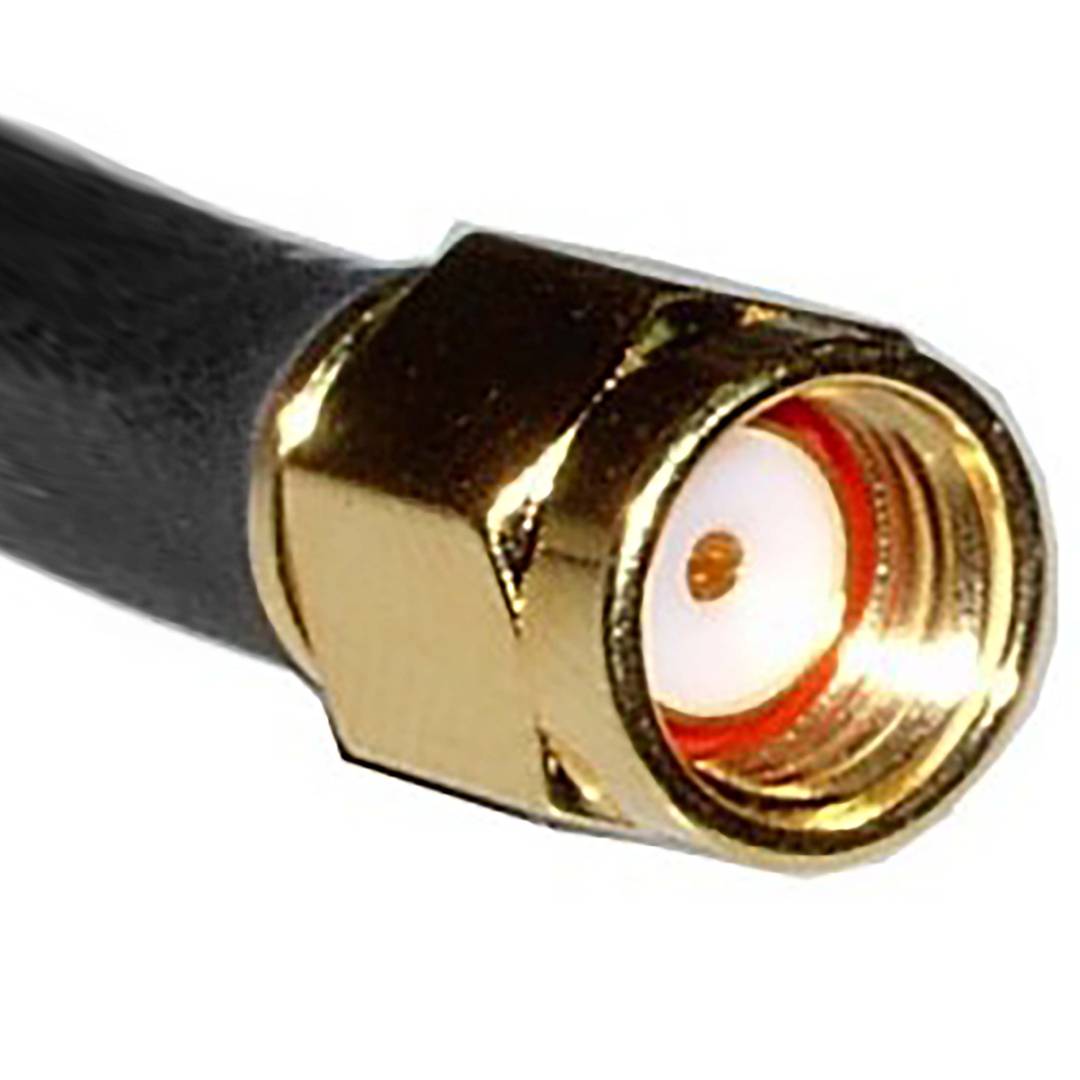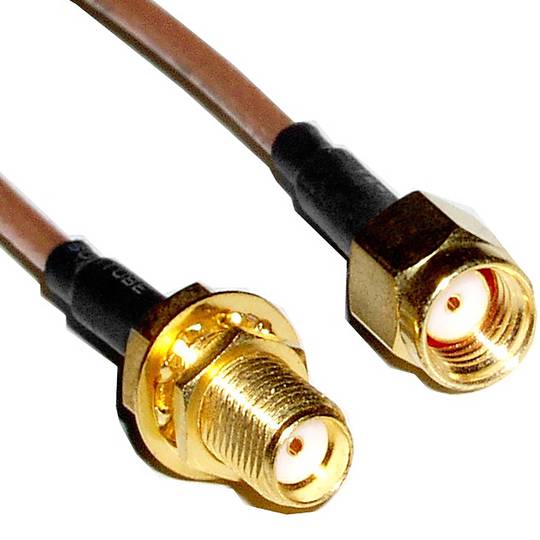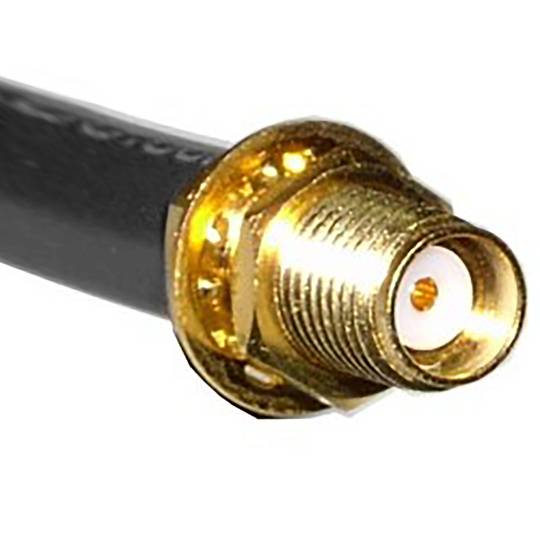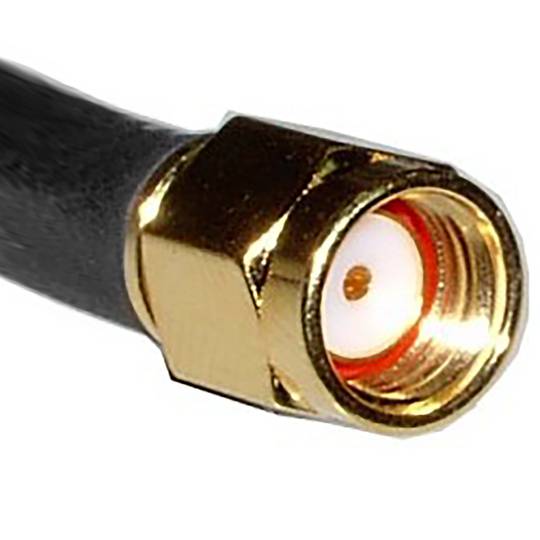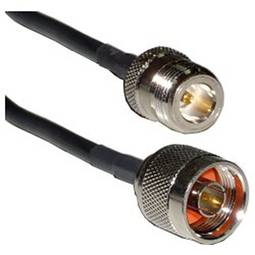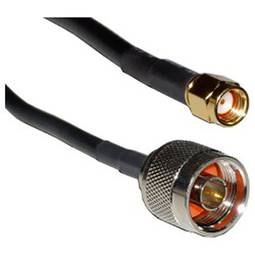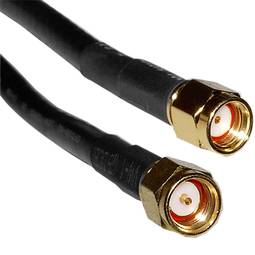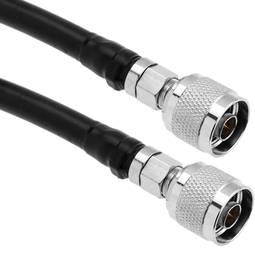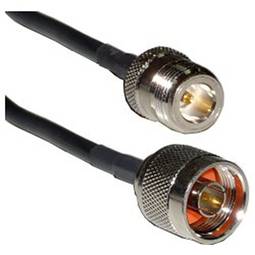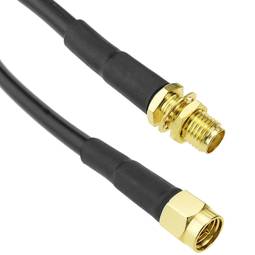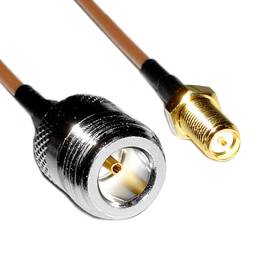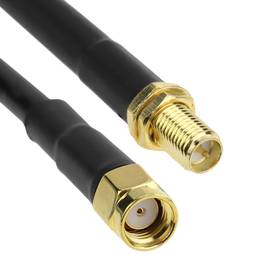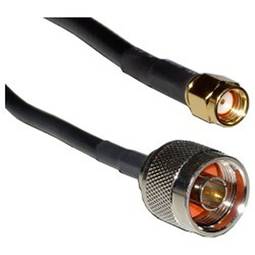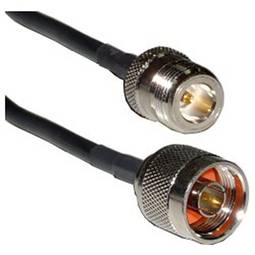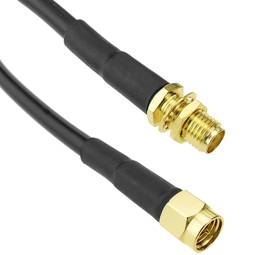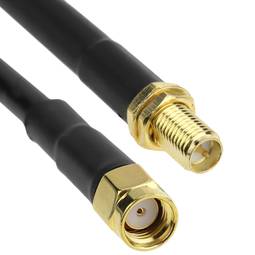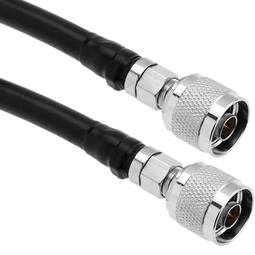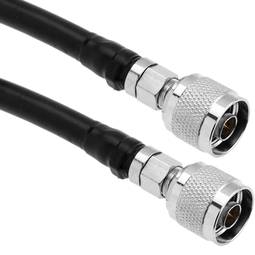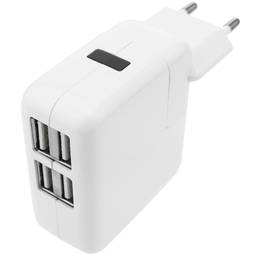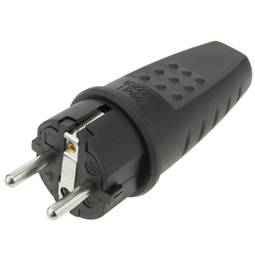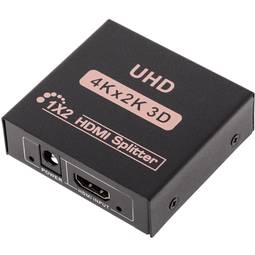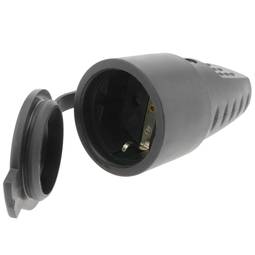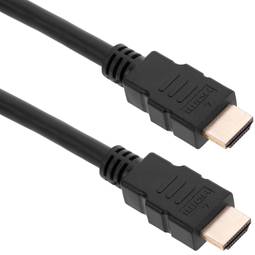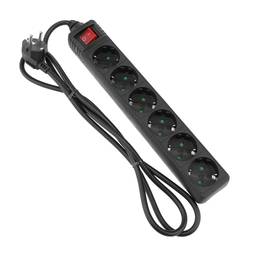11/02/2025 2:18 a.m.
https://cablematic.com/en/products/rg316-coaxial-cable-sma-female-to-rsma-male-20cm-WG042/
https://cablematic.com/en/products/rg316-coaxial-cable-sma-female-to-rsma-male-20cm-WG042/
RG316 coaxial cable SMA-female to RSMA-Male 20cm
REF: WG042
Specifications
- RG-316 type cable with SMA-Female connector and SMA-Male-Inverted connector.
- The purpose of this cable is as a gender adapter when combined with an SMA-Male or SMA-Female-Inverted cable.
- As a result of this combination, a cable with the appropriate connectors for connection to a wireless 802.11 peripheral can be obtained.
- 20cm cable length.
- The gain loss of RG-316 cable is 1.5 dB/m, and therefore the actual loss for this length is 0.3 dB.
PVP
€4.22
Price including VAT:
€4.22
PVD
€3.30
PVP: Retail price.
Check conditions.
PVP: Sale price to distributors.
Check conditions.
Immediate delivery
The delivery times are approximate and may vary depending on the selected carrier.
warranty
returns
safe
Specifications
- RG-316 type cable with SMA-Female connector and SMA-Male-Inverted connector.
- The purpose of this cable is as a gender adapter when combined with an SMA-Male or SMA-Female-Inverted cable.
- As a result of this combination, a cable with the appropriate connectors for connection to a wireless 802.11 peripheral can be obtained.
- 20cm cable length.
- The gain loss of RG-316 cable is 1.5 dB/m, and therefore the actual loss for this length is 0.3 dB.
More info
RG-316 type cable with SMA-Female connector and SMA-Male-Inverted connector. The purpose of this cable is as a gender adapter when combined with an SMA-Male or SMA-Female-Inverted cable. As a result of this combination, a cable with the appropriate connectors for connection to a wireless 802.11 peripheral can be obtained. 20cm cable length. The gain loss of RG-316 cable is 1.5 dB/m, and therefore the actual loss for this length is 0.3 dB.
- Gross Weight: 20 g
- Product size (width x depth x height): 22.5 x 1.0 x 1.0 cm
- Number of packages: 1
- Packages size: 10.0 x 7.0 x 1.0 cm
Technical terms
- Wifi
Wifi
The Wifi technology is a wireless communication mechanism between devices. This technology allows you to connect devices such as computers, laptops, mobile etc... to the Internet or communicate with the devices themselves.
Applications can be several, among the most common are the access points, ideal for giving and sharing a connection signal to multiple devices. It is the typical configuration of a home user.
Repeater, ideal to repeat and amplify weak signal.
The power and range between devices basically depends on the antenna and its hardware.
The wireless signals work under a unified standard regulations, the standard that is based on the IEEE 802.11. These include IEEE 802.11b, IEEE 802.11g and IEEE 802.11n working at 11 Mbit/s, 54 Mbit/s and 300 Mbit/s, respectively.
Being any device with a standardized protocol such technology can connect to another using the same technology, making it a kind of universal connection.
The wireless networks are characterized by the ease and convenience of making connections in infrastructure, since it is not necessary to perform network cable installations.
it also allows connecting a lot of devices to a single node.
Applications can be several, among the most common are the access points, ideal for giving and sharing a connection signal to multiple devices. It is the typical configuration of a home user.
Repeater, ideal to repeat and amplify weak signal.
The power and range between devices basically depends on the antenna and its hardware.
The wireless signals work under a unified standard regulations, the standard that is based on the IEEE 802.11. These include IEEE 802.11b, IEEE 802.11g and IEEE 802.11n working at 11 Mbit/s, 54 Mbit/s and 300 Mbit/s, respectively.
Being any device with a standardized protocol such technology can connect to another using the same technology, making it a kind of universal connection.
The wireless networks are characterized by the ease and convenience of making connections in infrastructure, since it is not necessary to perform network cable installations.
it also allows connecting a lot of devices to a single node.



